
Launching an eCommerce website is an exciting venture filled with endless possibilities. However, it can also be a complex process with numerous moving parts that require meticulous planning and execution. To ensure a successful eCommerce launch, you need a comprehensive checklist that covers everything from e-commerce website development to marketing strategies and post-launch maintenance.
In this blog post, we'll guide you through the essential steps and considerations with our ultimate checklist for launching your eCommerce website.
Ultimate Checklist to Launch Your eCommerce Website
1. Define Your eCommerce Business Strategy
Before diving into the technical aspects of launching your website, start by defining your eCommerce business strategy. This step is foundational and will guide all your decisions moving forward.
- Niche and Target Audience: Clearly define your niche market and target audience. Understand their needs and preferences.
- Unique Selling Proposition (USP): Determine what sets your eCommerce business apart from competitors. Your USP should be reflected in your products, branding, and messaging.
- Pricing Strategy: Decide on your pricing strategy. Will you offer competitive prices, premium products, or a value-based approach?
- Business Model: Choose your business model, whether it's dropshipping, private labeling, or manufacturing your products.
2. Register Your Domain Name and Choose Hosting
Your domain name is your online identity, and hosting ensures your website is accessible to users.
- Domain Name: Register a domain name that is memorable, relevant to your business, and easy to spell. Use reputable domain registrars like GoDaddy or Namecheap.
- Web Hosting: Select a reliable web hosting provider that offers good performance, security, and customer support. Popular options include Bluehost, SiteGround, and HostGator.
3. eCommerce Platform Selection
Choose an eCommerce platform that aligns with your business needs and technical capabilities.
- Shopify: Known for its user-friendliness and scalability, Shopify is an excellent choice for beginners and established businesses.
- WooCommerce: A plugin for WordPress, WooCommerce offers flexibility and is a great option if you're already familiar with WordPress.
- Magento: Suitable for larger businesses, Magento provides extensive customization options but may require more technical expertise.
4. Website Design and Development
Website's UIUX design and functionality are critical to attracting and retaining customers.
- Professional Design: Invest in a professional, responsive design that looks good on all devices.
- User-Friendly Navigation: Ensure easy navigation with clear menus, a search bar, and well-organized categories.
- Product Listings: Create compelling product listings with high-quality images, detailed descriptions, and clear pricing.
- Shopping Cart and Checkout: Set up a user-friendly shopping cart and checkout process to minimize cart abandonment.
- Payment Gateway Integration: Integrate secure payment gateways like PayPal, Stripe, or Square for smooth transactions.
- SSL Certificate: Install an SSL certificate to encrypt customer data and build trust.
5. Content Creation and Management
High-quality content is crucial for attracting and engaging visitors.
- Product Descriptions: Write informative and persuasive product descriptions that highlight benefits and features.
- Images and Videos: Use high-resolution images and videos to showcase products from different angles.
- Blog: Start a blog to provide valuable content related to your industry, products, and customer interests.
6. SEO Optimization
Optimize your website for search engines to increase visibility. You can also check SEO Services by Milople for more details.
- Keyword Research: Identify relevant keywords and phrases your target audience is searching for.
- On-Page SEO: Optimize meta titles, descriptions, headings, and alt tags for images.
- Site Speed: Ensure fast loading times by optimizing images and using a content delivery network (CDN).
- Mobile Optimization: Make sure your website is mobile-friendly.
7. Testing and Quality Assurance
Before launching your eCommerce website, thoroughly test it for functionality and user experience.
- Browser Compatibility: Test your site on various browsers (Chrome, Firefox, Safari, etc.) to ensure compatibility.
- User Testing: Conduct user testing to identify any usability issues and gather feedback.
- Security: Perform security testing to protect customer data and your website from potential threats.
8. Payment and Shipping Setup
Configure payment and shipping options to provide a seamless shopping experience.
- Payment Methods: Offer a variety of payment options, including credit/debit cards, digital wallets, and alternative payment methods.
- Shipping Rates: Set clear shipping rates and delivery timeframes.
- International Shipping: If applicable, establish international shipping options and rates.
9. Legal and Compliance Considerations
Ensure your eCommerce website complies with legal requirements and regulations.
- Privacy Policy: Draft a privacy policy that explains how you collect and handle customer data.
- Terms and Conditions: Create clear terms and conditions that outline customer rights and responsibilities.
- Payment Card Industry Data Security Standard (PCI DSS): Comply with PCI DSS if you handle credit card information.
10. Launch Marketing Plan
Prepare a marketing plan to promote your eCommerce website before and after launch.
- Social Media: Build a presence on social media platforms and create a content calendar.
- Email Marketing: Create an email marketing strategy to build a subscriber list.
- Paid Advertising: Plan and launch paid advertising campaigns on platforms like Google Ads and social media.
- Content Marketing: Develop a content marketing plan to produce blog posts, videos, and other engaging content.
11. Analytics and Tracking
Implement analytics tools to track your website's performance.
- Google Analytics: Set up Google Analytics to monitor traffic, user behavior, and conversion rates.
- Conversion Tracking: Implement conversion tracking to measure the success of marketing campaigns.
12. Launch and Monitor
It's time to launch your eCommerce website! However, the work doesn't stop here.
- Monitoring: Continuously monitor your website's performance, security, and customer feedback.
- Customer Support: Provide excellent customer support and address any issues promptly.
- Updates: Regularly update your website with new products, content, and features.
- Marketing Optimization: Analyze marketing campaign results and make data-driven adjustments.
Conclusion
Launching your eCommerce website is a significant milestone in your business journey. By following this comprehensive checklist, you can ensure that you've covered all the essential aspects of planning, designing, and launching your online store. Remember that ongoing optimization and adaptation are key to long-term success in the ever-evolving world of eCommerce. Stay dedicated, customer-focused, and agile, and your eCommerce venture will be well-positioned for growth and profitability.







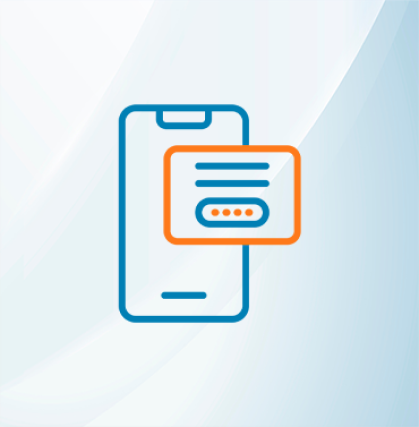




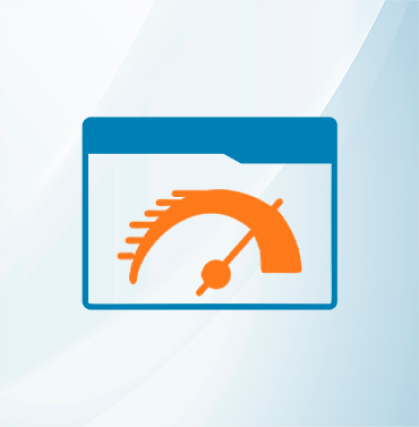


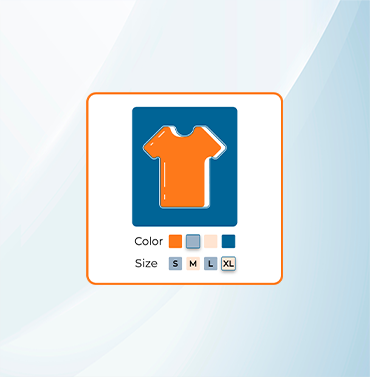























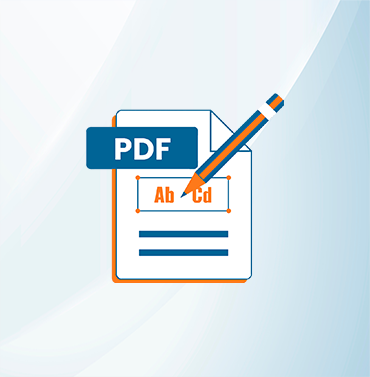
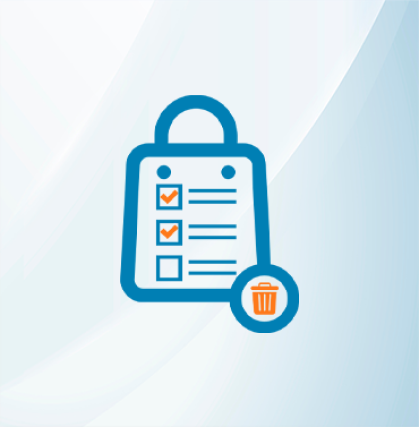
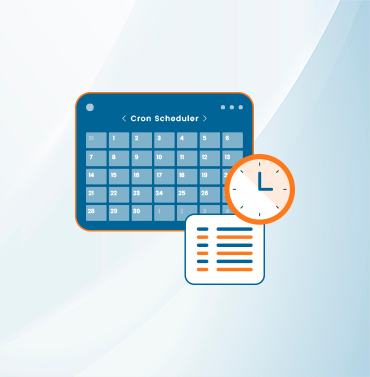




























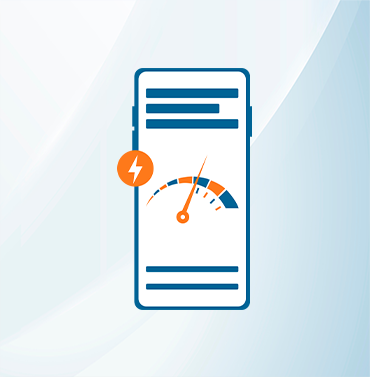
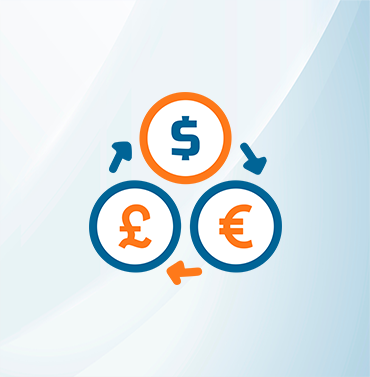
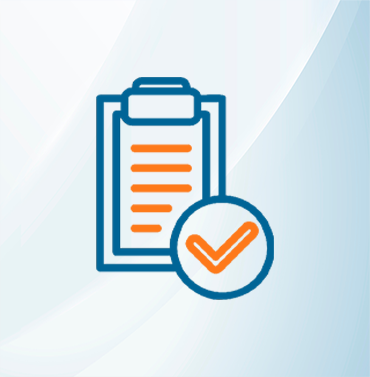

























Validate your login
Sign In
Create New Account